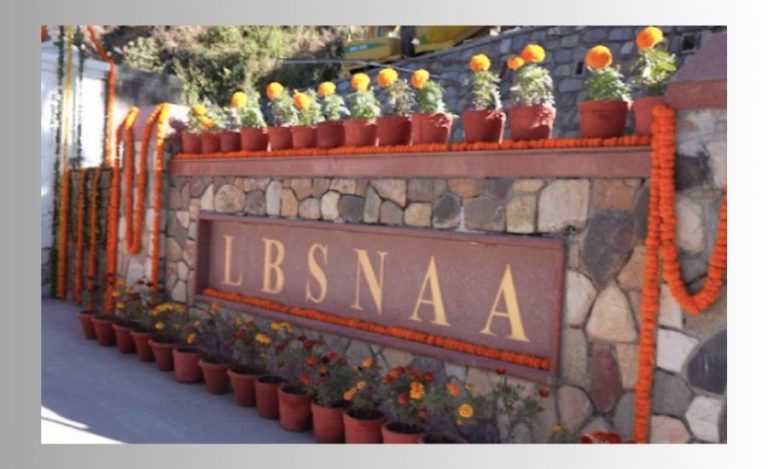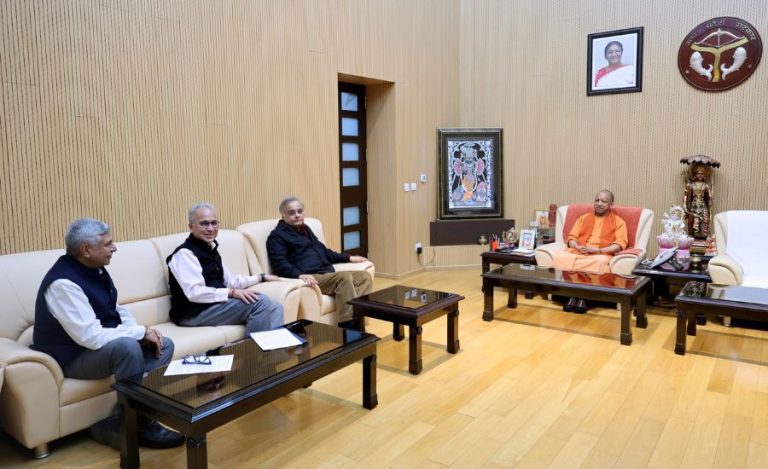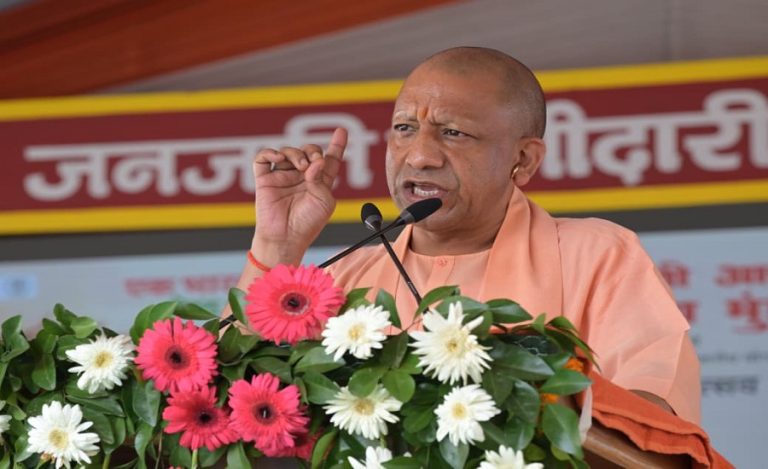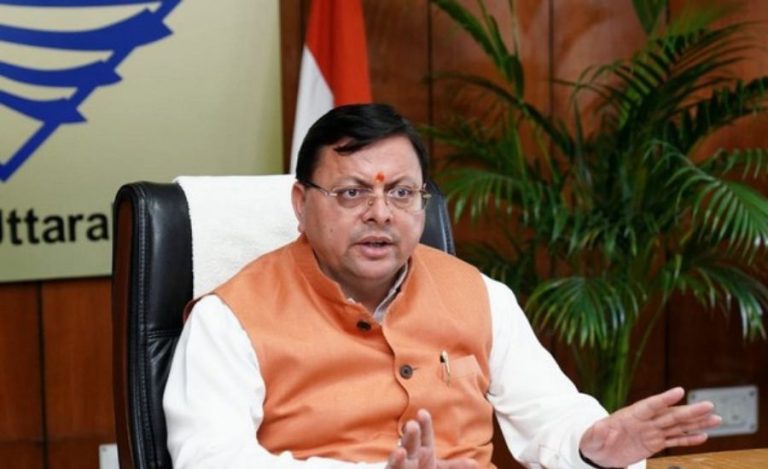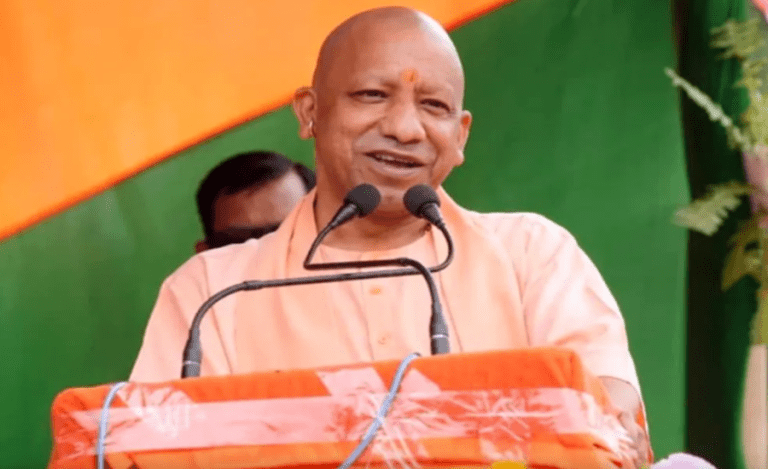State-owned Coal India Limited (CIL) has reported a 2.06% increase in its contribution to the government exchequer for the April-July period of the current fiscal year. The total amount contributed rose to ₹20,071.96 crore, up from ₹19,666.04 crore in the same period last year, according to provisional figures released by the coal ministry.
In July alone, CIL’s levies to the government reached ₹4,992.48 crore, marking an increase from ₹4,789.42 crore paid in July of the previous year. These payments include various royalties, GST, cess on coal, and other levies, which significantly contribute to the revenue of both central and state governments.
Of the total contributions made in the first four months of FY24, the highest amount of ₹4,417.12 crore was paid to the Jharkhand state government. This was followed by ₹4,319.67 crore to Odisha, ₹3,950.41 crore to Chhattisgarh, ₹3,526.27 crore to Madhya Pradesh, and ₹2,086.35 crore to Maharashtra.
State governments benefit from coal production through several channels: they receive 14% of the royalty on the sale price of coal, and 30% of this royalty is allocated to district mineral foundations (DMFs) to support communities impacted by mining projects. Additionally, they receive 2% of the National Mineral Exploration Trust (NMET) contributions from coal, and revenue shares from transparent bidding processes for commercial and captive mines.
Beyond these financial benefits, state governments also gain from increased employment opportunities, land compensation, and enhanced investment in infrastructure such as railways and roads.
Coal India aims to produce 838 million tonnes (MT) of coal in the ongoing financial year, continuing its role as a critical contributor to India’s energy sector and government revenue.


